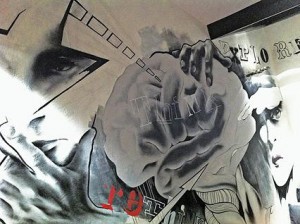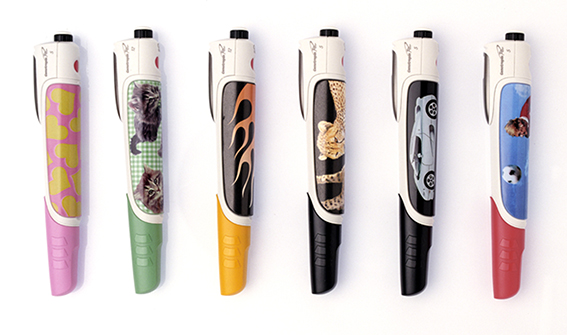 Although people have the same mental apparatus – the same physical body in terms of limbs, organs and roughly the same body shape – people differ considerably from each other. The medical device designer must know the target group for whom the product or service is intended, simply because different people need different things. But not only does the medical device designer need to know how physical and cognitive attributes differ between users. Fundamental for designers is also to know how an individual views him/herself and how he/she would like to view him/herself in order to maximize the user’s quality of life. People differ from each other as much in terms of personality as in terms of physical and cognitive qualities. More importantly, the personality is an integrated part of and may influence the value of such physical and cognitive qualities.
Although people have the same mental apparatus – the same physical body in terms of limbs, organs and roughly the same body shape – people differ considerably from each other. The medical device designer must know the target group for whom the product or service is intended, simply because different people need different things. But not only does the medical device designer need to know how physical and cognitive attributes differ between users. Fundamental for designers is also to know how an individual views him/herself and how he/she would like to view him/herself in order to maximize the user’s quality of life. People differ from each other as much in terms of personality as in terms of physical and cognitive qualities. More importantly, the personality is an integrated part of and may influence the value of such physical and cognitive qualities.
According to Donald A. Norman, no single product can satisfy everyone, because our personalities and emotions vary. Some people are open to new things while others are more conservative; some people are energetic while some are lazy. For some users, social status is the defining factor when choosing and using devices, for others, the personal touch.
A widely accepted approach in the field of psychology is the five-factor model, proposing that most individual differences in personality can be understood in terms of five basic dimensions: extraversion, agreeableness, conscientiousness, emotional instability and openness. Every dimension consists of two contrasts (as illustrated in the figure through the green and pink circles behind the dimensions):

Personality and healthcare
The HP5 inventory is a modification of the original five-factor model, specifically applicable to the area of health-care. Here antagonism is used as a health-relevant facet of agreeableness, impulsivity is used as a health-relevant facet of conscientiousness, hedonic capacity is used as a health-relevant facet of extraversion, negative affectivity is used as a health-relevant facet of neuroticism/emotional instability and finally alexithymia is used as a health-relevant facet of openness.
A crucial assumption in personality psychology is that peoples’ cognitive styles, motivational and affective tendencies are stable over time. And we know they influence use. We know that emotionally instable persons are more likely to forget medicines and less willing to follow advice and prescriptions than what emotionally stable persons are. We know that impulsive people in general care more about emotional design while conscientious people care more about functional design. Furthermore, we assume that extroverted persons care more about how medical equipment looks in a social context than what introverted persons do.
Use personality insights to improve adherence?
It is necessary to consider personality traits when we design health care products and services. If we think that all people are the same, we will only really design for a certain group of people, and exclude everyone else. We need to include all different kinds of people. Considering personality theories and emotional aspects in the design process is a huge step in such a direction. A step that moves us one step further away from mass-production and the black T-Ford toward customization and what really matters in the minds of the users.

As our knowledge of how emotional design aspects influence patient adherence increase, the design teams at Ergonomidesign face an increased interest from the industry. This is further accentuated by regulatory organizations and their increased interest in adherence issues. We welcome these discussions and questions. It is our strong belief that this is at the core of developing devices that truly improve the quality of life for patients.
Branding professionals and consumer product designers have known about the importance of psychology and self-expression for a long time. Psychology and self-expression should be as important when designing medical devices. The optimal goal for a designer should be to improve the life of a user. This guides emotional design to increase the pleasure, or decrease the displeasure, of using a device. A device with a self-expressive advantage – that is, something that allows the user to identify with it and through it express who they want to be, or at least doesn’t inhibit self-expression – makes the user more willing to use it.
In the same way a self-expressive disadvantage, something that inhibits or mars self-expression, may make the user less willing to comply with doctor’s orders. The key is what value is given to self-expressive advantages or disadvantages. That depends on the user’s personality, varies, and can only be carefully considered if we take psychological design seriously.







